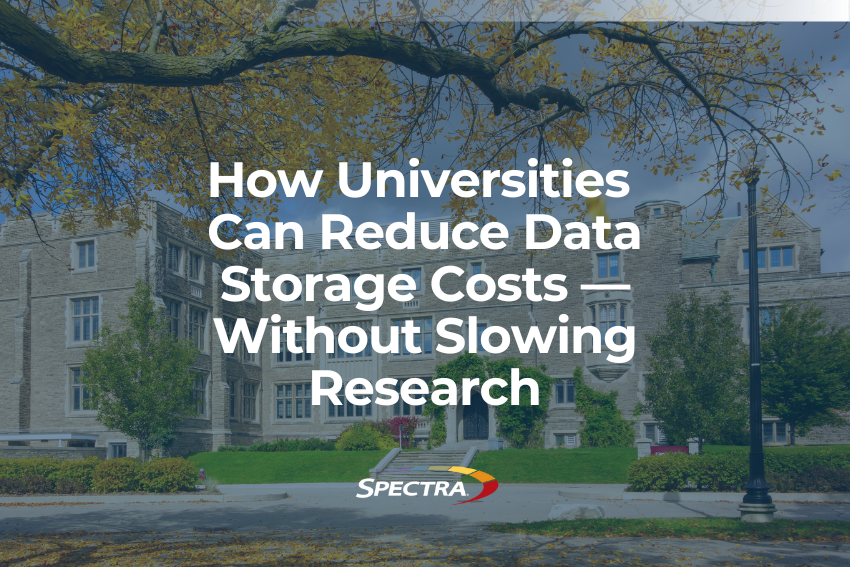We reached out to three industry experts to see how they would define data resiliency, address the issue, mitigate excessive downtime and maintain data accessibility.
Minimizing downtime for rapid recovery
“The importance of Data has been elevated in recent years, and it is now recognized as a vital resource in the modern global economy. The right tools and platforms are essential for companies to power their business processes and guide customer interactions. They must expect the unexpected and prepare for adapting to change as quickly and successfully as possible. Data resiliency is the ability to sustain operations while responding to a breach, making it critical for crisis management, rapid recovery and customer communications.
Key advantages of a data resilience strategy include the ability to reduce downtime and to safeguard business continuity. Maintaining a primary and secondary copy ensures that the backup database file is always live and can be accessed in real time regardless of circumstances. This zero-impact model provides uninterrupted access to the most recent version of your data located at any number of additional sites. Having this solution in place equips you to rapidly activate your production environment on the backup server.”
 Lee Prosser, Technical Sales Manager
Lee Prosser, Technical Sales ManagerOvation Data
Reducing business vulnerability to prevent loss of critical data
“What Does Data Resilience Mean? I used to define data resilience as an organization’s ability to ensure business continuity, despite any unexpected disruption to its data, by storing multiple copies of data in multiple locations. Building in resiliency and recovery starts with the assumption that the underlying storage infrastructure and processes will fail at some point: hardware will fail, software will have bugs, cybercrime attacks are on the rise and humans will make mistakes. A strong data resilience strategy substantially reduces your business vulnerability, minimizes downtime and impact, and reduces critical data loss.
Data resiliency is proactive; data recovery is reactive; and data resiliency is attainable but at a cost. Approximately 80% of the world’s data is now classified as lower-activity archival data and, in practice, the archive copy is often the only copy of archival data, making much of the world’s data not resilient and exposed to many disruptions. As the amount of archival data soars, creating multiple copies of archival data may not be feasible for many businesses.
Possibly a more practical definition for data resiliency would be: An organization’s ability to ensure business continuity, despite any unexpected disruption to its data, by storing multiple copies of mission-critical or business-critical data in multiple locations. The resiliency challenge then becomes determining how much of your archival data could be classified as mission or business critical. In any case, the key concept for data resiliency is that backup is important, but recovery is everything.”
 Fred Moore, President
Fred Moore, PresidentHorison Information Strategies
Safeguarding data offline for business continuity
“LTO tape naturally lends itself to an enhanced data resiliency strategy because it’s essentially offline by design. This makes LTO an ideal medium for safeguarding even the largest data archives offsite in more secure locations. The extremely high storage density of today’s LTO cartridges (bearing in mind that capacities will begin to scale rapidly throughout the rest of this decade) allows users to transport these very large datasets quickly and efficiently. For the time being, therefore, tape looks set to continue to play a key role in business continuity and data resiliency planning.”
 Andrew Dodd, WW Marketing Communications Manager
Andrew Dodd, WW Marketing Communications ManagerHPE LTO Ultrium Storage Supplies
Closing the data resiliency loop
Across the board, it’s clear that industry leaders define data resiliency similarly and agree that it is an important factor in any corporate infrastructure strategy.
When constructing a data resiliency plan, businesses should take into account an overall business continuity plan, establishing recovery time objectives for different data workflows based on data usage and business needs.
A comprehensive data resiliency strategy will include attack-hardened storage as well as a mix of timed and triggered snapshots, air-gap, multi-factor authentication, mirrored copies of data, encryption, backups, replication — both onsite and offsite –for redundancy. Adding cloud (and multiple clouds) into the fold provides additional offsite redundancy. When these techniques are implemented and recovery time objectives, data usage and business needs are kept in mind, they will provide a strong data resiliency plan with improved data availability.
Take a listen here to our recent podcast where Spectra’s Eric Polet discusses all things regarding data resiliency.







